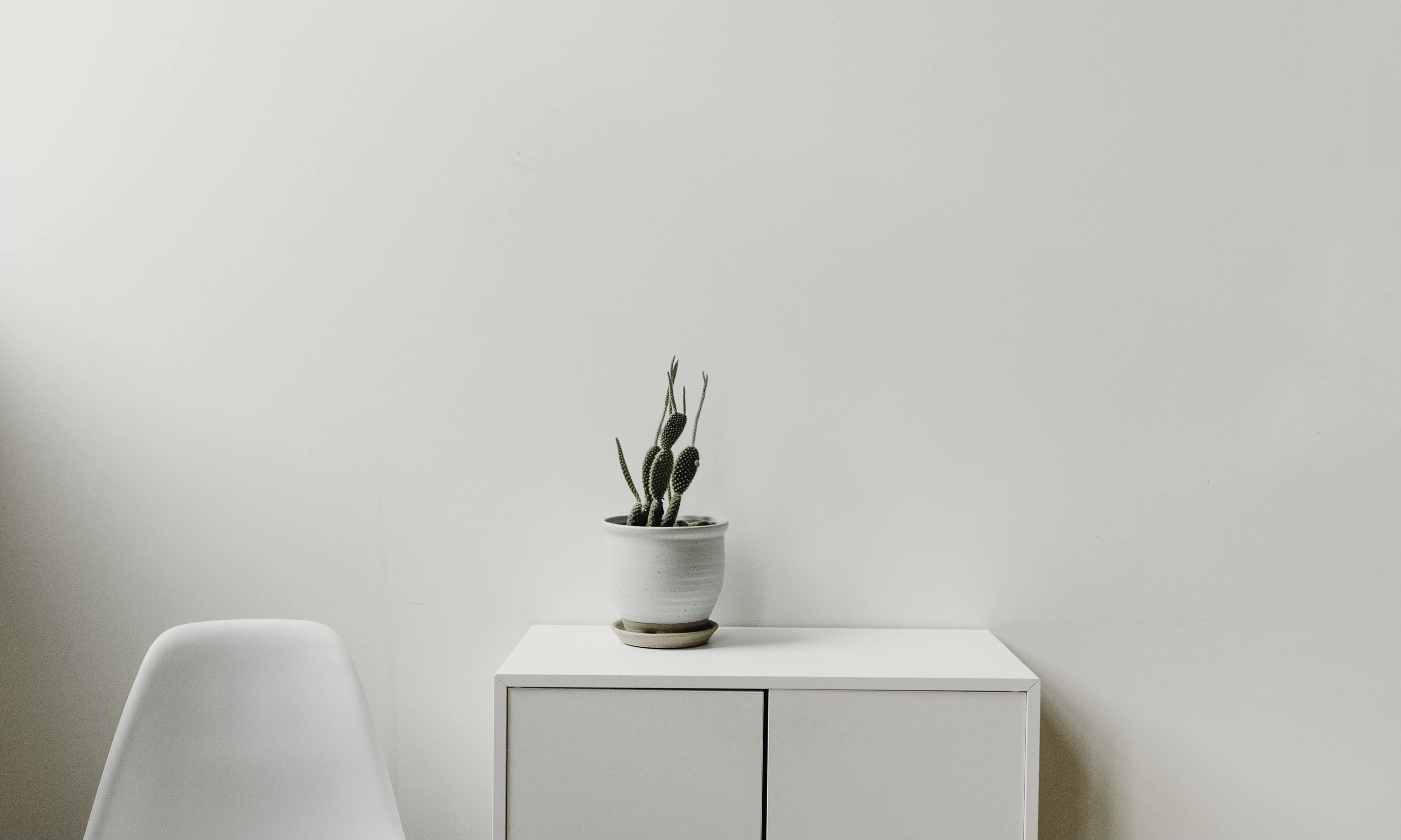
Two years ago, I was cooling off from consumerism by taking my first steps into the refreshing water of minimalism. Three months ago, I graduated from “minimalist” to “extreme minimalist” when a move abroad encouraged me to get rid of 99% of my remaining possessions. These were the items that had survived my initial declutter and truly brought value to my life. Now almost everything I owned fit into a backpack and suitcase.
When we moved to Kuala Lumpur, we expected to be moving into a very modern and furnished apartment with towels, bed sheets, and kitchenware provided. Because of this, we didn’t expect to have to acquire a whole bunch of new stuff. As it happened, we ended up moving into a slightly older, semi-furnished place. It had basics—a sofa, bed, and white goods—but we needed to buy everything else.
For a minimalist who has just spent years reducing his possessions, this is an interesting situation to be in. But it’s beneficial for two reasons.
Firstly, it can be far too easy to become attached to minimalism. Or rather, attached to the process of decluttering. Letting go of possessions brings with it an addictive dopamine rush that can sometimes become more powerful than the real reason for decluttering. No doubt, many minimalists walk a fine line between minimalism and spartanism.
But having to furnish a home pulls the brakes on letting go and enables us to experience another gear. It encourages us minimalists to practice some addition rather than subtraction for a change. If an idea challenges our status quo, or makes us feel uncomfortable, it could be worth exploring.
Like many minimalists, I initially met the thought of buying new things, no matter how essential, with anxiety-fueled reluctance. How can I be a minimalist if I’m shopping at IKEA? There was an ideological tension present. But acquiring things to furnish a home doesn’t discredit our minimalist credentials (by the way, there are no such credentials) as long as it’s done intentionally. And that brings me to the second benefit of relinquishing our possessions: it allowed us to begin again and stage our home very intentionally.
As is the case when most of us relocate, we fill the space with our belongings to mark our territory, re-establish our identity, and create a sense of home. If there’s an empty space on the wall, we’ll buy some art to hang there; if there’s an empty shelf, we’ll buy some trinkets to display. Since becoming minimalist, I no longer needed to fill every nook and cranny. But I did have an exciting opportunity to consciously decide how to set up our space in a way that complemented and served our minimalist lifestyle.
We bought just enough cutlery and kitchenware to meet our needs, necessary bed clothes, a smoothie maker (it’s been a hard two months without one), and a yoga mat each. We realized that creating a tranquil space is important, so we brought a couple of rugs and some cushions for a meditating area. For us, having lots of plants is paramount for well-being and aesthetically pleasing, so we curated our own little indoor jungle.
Despite my initial aversion to buying more things after working so hard to declutter, I’ve come to a new understanding: furnishing a new space is in no way at odds with minimalism. In fact, curating a space intentionally is exactly what minimalism is about.